The Merci concept store, located in Paris, has been a pioneer in responsible retail since 2009. This article explores its unique model, the challenges it faces in 2025, and the lessons to be learned from its approach.
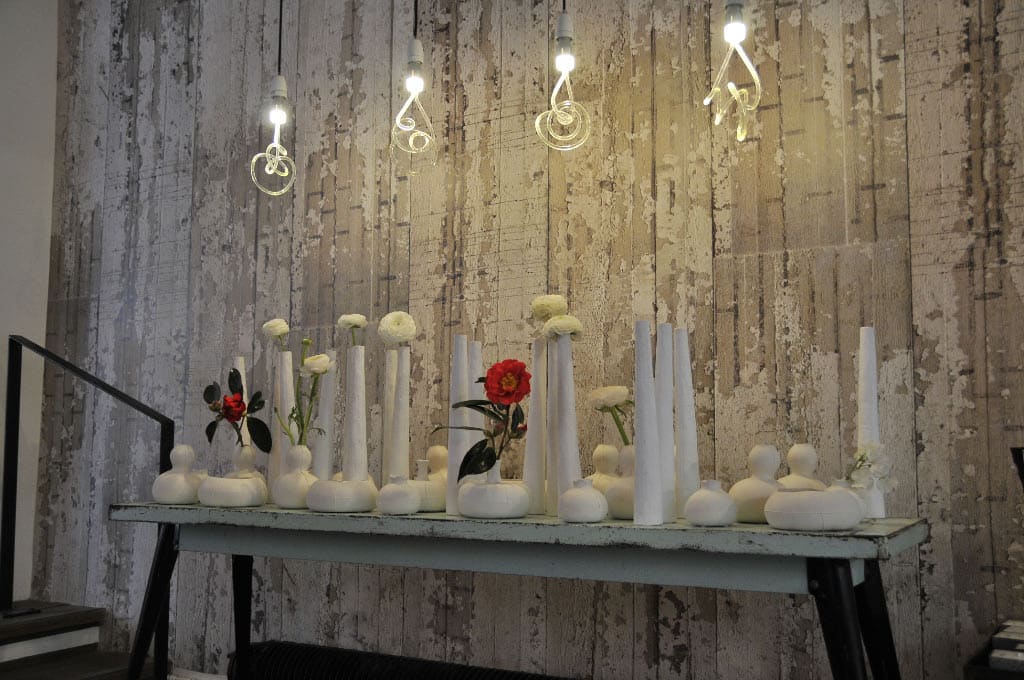
In this article, I will discuss the Merci concept store in Paris (111 Boulevard Beaumarchais). I had the privilege of meeting its Marketing Director, Jean-Luc Colonna d’Istria. Together, we explored his vision for retail and the origins of Merci. This article offers a deep dive into its creation and the foundations of a marketing strategy that today attracts over one million visitors to this unique retail location. The year 2025 was marked by the opening of a new Merci store next to the Palais Royal gardens.
Contact the IntoTheMinds market research agency

The stunning entrance of the Merci concept store is constantly reinvented. Visit it two months apart, and you’re sure to find a new decor.
The Origins of Merci and Its Initial Vision
Merci was founded in March 2009 from the vision of Marie-France and Bernard Cohen, the founders of Bonpoint. Marie-France’s vision was to unite rather than divide, a principle applied to both objects and people. Merci aims to be a place where diverse individuals come together to explore a wide range of products for all budgets (from €5 to €10,000). Another guiding principle from Jean-Luc is that the shopping experience of the 1990s is obsolete. Who still wants to spend an entire afternoon or day wandering streets and mechanically visiting every shop on commercial strips? The era when shopping was the main Saturday activity is over.
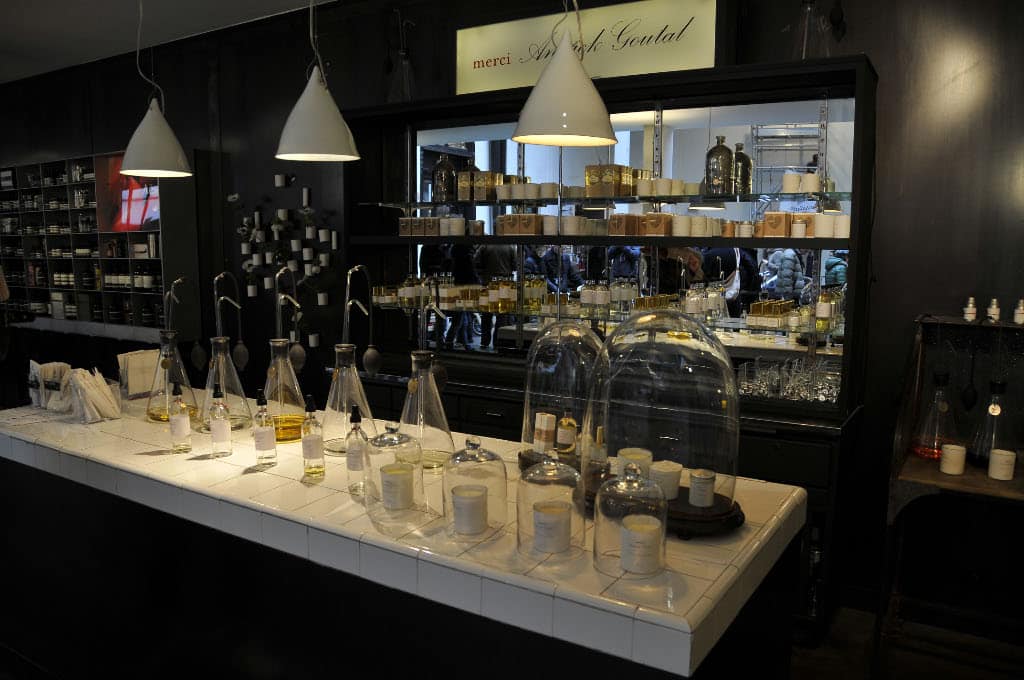
What I love about a concept store like Merci is the variety of atmospheres in a compact space. Unlike department stores where you walk kilometers, here you transition from clothing to perfumes in just a few meters, as seen with this display for Annick Goutal creations.
The two core principles are clear: “unite rather than divide” and “shopping as a central activity is a thing of the past.” From these stems a strong, structuring vision that recurred throughout my conversation with Jean-Luc: bringing together diverse objects and people in a place where the overall experience replaces mere shopping.
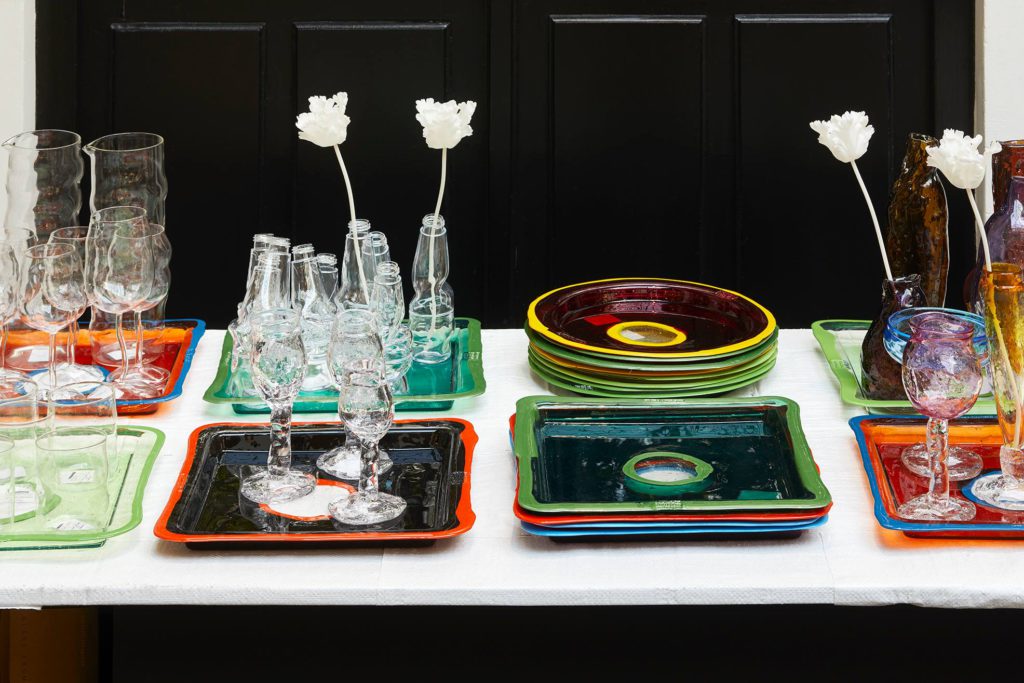
In 2017, Merci organized an exhibition on the theme of upcycling titled “Repairing Things,” showcasing, as seen here, imperfect objects.
Translating the Vision
Jean-Luc brought this vision to life through a space organized around various shops. It took one year to create the 1,500 m² space, with the final six months dedicated to transforming and renovating an old wallpaper factory in a part of Paris that was not initially a trendy destination. This was twelve months of intense work with a high risk of failure due to the location and the significant financial stakes.
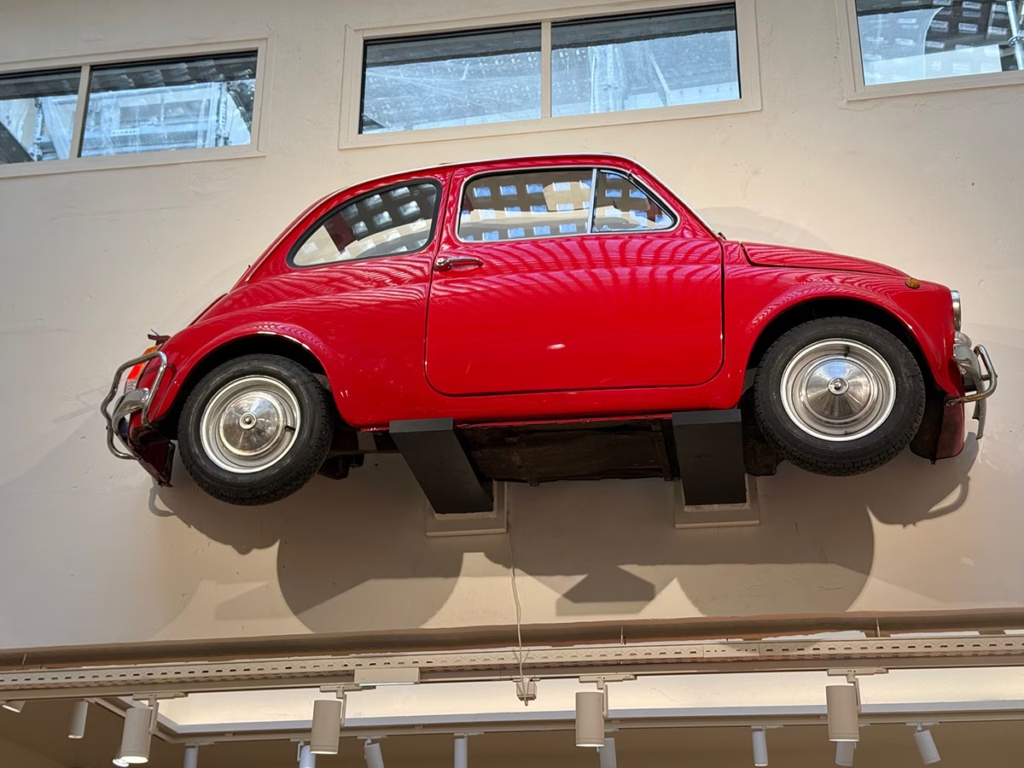
Merci opened a second, smaller concept store at 19 Rue Richelieu in Paris. Its signature Fiat 500, cut in half, is displayed on one of the walls.
The concept store revolves around a main shop that generates 90% of the group’s revenue and three restaurants (a tea room, a fast-casual restaurant on the ground floor, and a more traditional one in the basement). A team of 60 people is required to operate this complex business, where diverse activities are housed under one roof without the ability to leverage economies of scale (except among the restaurants). Despite this, Merci achieved profitability in 2012 through what Jean-Luc describes as a low-cost strategy. Constant attention is paid to cash flow management, and Jean-Luc shared an example that Saturday of painting work that, in any other store, would be done on Sunday at a premium cost. Here, no Sunday work; customers visiting that Saturday accepted the presence of a ladder and painter without complaint.
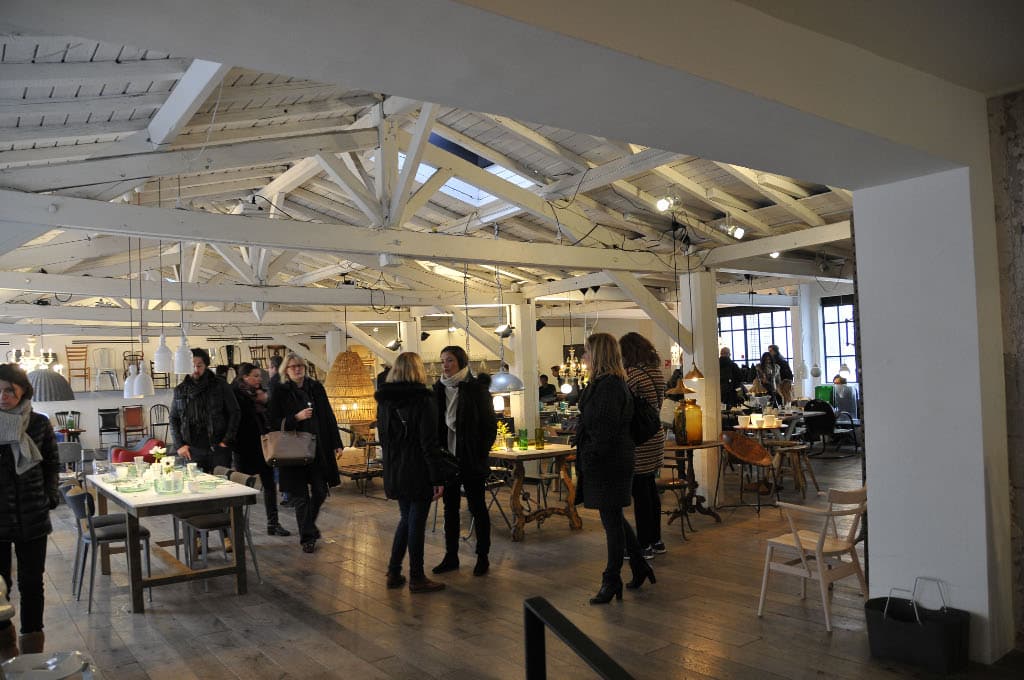
The former wallpaper factory has become a temple of avant-garde fashion, tableware, and more. The space retains its beautiful industrial structure, as seen here on the first floor.
The guiding principle of the concept store is that all products are equal, and no product (or designer) receives preferential treatment (this also applies to journalists, who receive no discounts or free products). The product is king, and investments have focused not on expensive materials (marble, etc.) but on the store’s structure and hiring high-quality staff (especially buyers, who bear the pressure of sourcing appealing products). The result is an incredible audience of 5,000 visitors per day (1 million per year) with no seasonality (visitation remains consistent year-round).
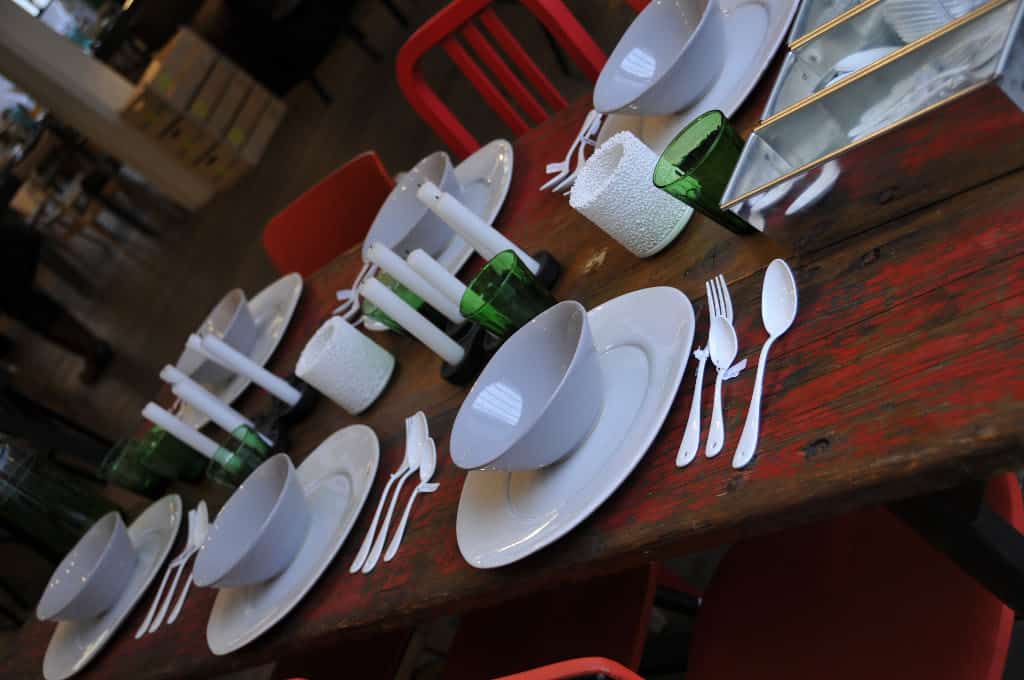
What I love about the Merci concept store is the management’s ability to give an artistic touch to the product displays.
The Results
Merci reached breakeven in 2013 with €15 million in revenue, less than four years after its launch. The project is now profitable, though, as Jean-Luc admits, it was a daring venture. The initial investments were substantial, and this project could not have been launched by entrepreneurs with limited funds. Substantial financial resources were necessary to afford such freedom (a freedom banks typically dislike due to the associated risks and difficulty predicting outcomes).
Advice for Your Marketing Strategy
Before drawing lessons from this conversation, I want to thank Jean-Luc again for his time. The main takeaway is the importance of the initial vision. I was impressed by how deeply rooted and clearly articulated the vision behind Merci’s creation was. Everything seemed so clear.
With great humility, I can say that I meet many entrepreneurs, but few can clearly explain their initial vision and why it’s worth pursuing. Entrepreneurs often start based on an observation, identifying a need or minor improvement. It’s rare for a comprehensive (and realistic, I emphasize) approach to precede the company’s creation.
In an increasingly complex retail environment, this vision feels essential. It must align with your aspirations but also be grounded in market realities. That’s why I remain convinced that, despite the strength of a vision, conducting preliminary checks through a market research study remains imperative.


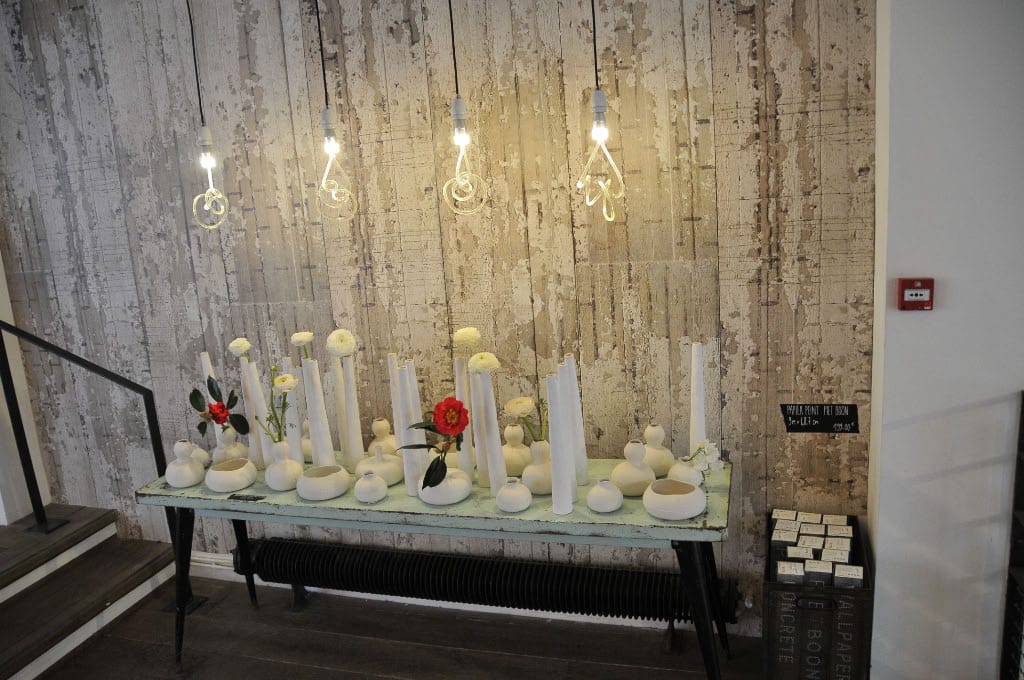



![Illustration of our post "Remarketing: definition, advantages, and strategies [Guide 2023]"](https://5cc2b83c.delivery.rocketcdn.me/app/uploads/remarketing-120x90.jpg)

